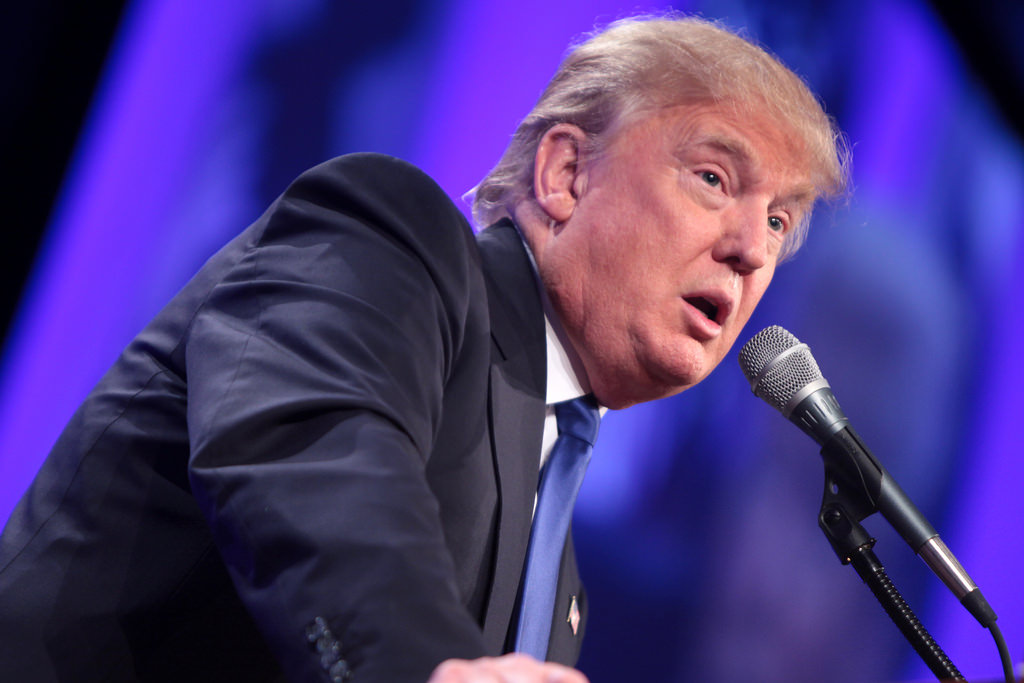Stories about the ramshackle nature of the Trump campaign are abundant. A recent article called Donald Trump’s organization “more concert tour than presidential campaign.” A 12-year-old appears to be running Trump’s field office in a populous Colorado county. Sixty percent of registered voters — and even 40 percent of Republicans — believe that Trump’s campaign is “poorly run.”
This is obviously unprecedented in modern presidential elections. Typically, the candidates have similar resources and campaign organizations. Typically, it is difficult for one candidate to have a large advantage in televised advertising or fieldwork. In 2012, for example, my research with Lynn Vavreck showed that neither Barack Obama nor Mitt Romney could sustain a durable advantage in advertising. Obama’s edge in fieldwork did appear to net him votes, although not enough to be decisive in the electoral college. […]
Probably the best estimate comes from a recently published piece by political scientists Ryan Enos and Anthony Fowler. They show that the effect of the 2012 presidential campaign on voter turnout was quite large, about 7-8 points overall. […]
Enos and Fowler found that voter turnout within these markets was much higher in the battleground state portion than the non-battleground state portion. About 7-8 points higher, in fact. Most of this, they argue, can be attributed to canvassing by the campaigns via door knocking and phone calls, which other political science research has shown to be particularly effective. The increases in turnout were even larger — closer to 10 points — among the strongest partisans, who should be particularly susceptible to mobilization attempts.
Photo by Gage Skidmore 
